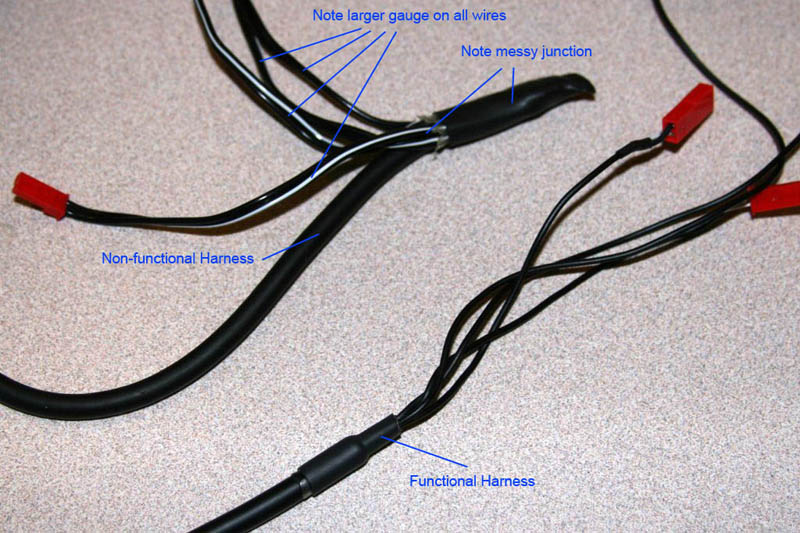I'm a long time Autocom user, and have recently purchased the Super Pro Avi to install on the Feejer.
Gary from Tulsa has told me that in his experience, the noise sensor works best attached to the 7 pin line coming out of the helmet. I'm assuming he tie wraps to the 4-6 inch length of cable coming out of the helmet with the end of the sensor just shy of the plug itself.
The Autocom instructions say to mount it inside the helmet, upper cheekpad against the side of the helmet.
I of course am inclined to go with Gary's advice as he seems to be very knowledgable and has first hand experience.........
But, just curious where others have placed it and if it works OK. Probably wouldn't be a big deal attached to the cord coming out of the helmet, but as I think about it, I think I'd prefer to put it inside out of the way if it still seems to work ok there.
TIA
Randy
Gary from Tulsa has told me that in his experience, the noise sensor works best attached to the 7 pin line coming out of the helmet. I'm assuming he tie wraps to the 4-6 inch length of cable coming out of the helmet with the end of the sensor just shy of the plug itself.
The Autocom instructions say to mount it inside the helmet, upper cheekpad against the side of the helmet.
I of course am inclined to go with Gary's advice as he seems to be very knowledgable and has first hand experience.........
But, just curious where others have placed it and if it works OK. Probably wouldn't be a big deal attached to the cord coming out of the helmet, but as I think about it, I think I'd prefer to put it inside out of the way if it still seems to work ok there.
TIA
Randy




